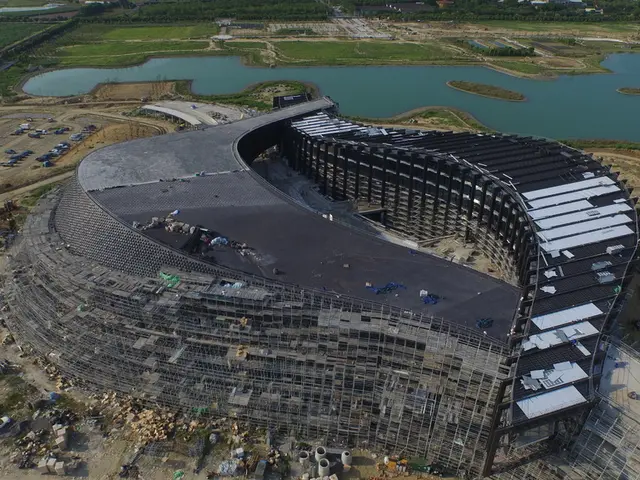Trump rescinds nominee for VA's CIO position under proposals for reducing IT workforce
The withdrawal of Ryan Cote's nomination as the Assistant Secretary for Information and Technology and Chief Information Officer (CIO) at the Department of Veterans Affairs (VA) has left the department in a state of uncertainty, particularly during a critical time of IT restructuring.
Cote, who previously served as CIO at the Transportation Department, had been nominated on June 30, 2025. His nomination was withdrawn by President Trump on July 17, 2025, without a publicly disclosed reason. This departure comes at a time when the VA's Office of Information and Technology (OIT) is undergoing organizational review and potential reorganization.
Eddie Pool, the acting CIO who took over after the previous CIO Kurt DelBene left in January 2025, has outlined plans to restructure the OIT workforce to focus on essential IT functions. Lawmakers from both parties have stressed the importance of having a confirmed CIO for the VA and urged swift Senate action to confirm Cote.
The implications of the nomination withdrawal include increased uncertainty for the VA's IT workforce and budgeting decisions. Some lawmakers, including Rep. Nikki Budzinski, have expressed concern that significant VA IT reorganization efforts and budget decisions might be prematurely finalized without a permanent CIO in place. This concern stems from the need for clear leadership to guide the VA's IT modernization initiatives and ensure funding and staffing align with strategic priorities.
The withdrawal also comes at a time when the VA is asking Congress for more flexibility in how it spends appropriated funds and requesting changes in appropriation language to eliminate "rigid statutory subaccounts" and authorise a three-year availability for IT funds in its fiscal 2026 budget plan.
In addition to the withdrawal, the VA is experiencing a shrinking IT workforce. Nearly 1,200 employees within the VA's Office of Information and Technology have accepted voluntary separation incentives and will leave the department at the end of this year. The VA OIT currently has 8,205 employees, and it's "highly unlikely" that VA OIT would need to rehire any of the employees who left through DRP or VERA.
The departure of Cote and the ongoing restructuring of the VA's IT workforce will result in a nearly 12% cut to the VA's IT workforce. This reduction in workforce could potentially challenge the department's ability to manage its IT systems effectively, particularly during a time of modernization and reorganization.
The House Technology Modernization Subcommittee, chaired by Tom Barrett, had planned to work closely with Cote once confirmed by the Senate. Barrett expressed anticipation to work with Cote, highlighting the importance of strong leadership in the VA's IT sector.
Despite the challenges, exit interview data shows that 66% of departing IT specialists would recommend working for the VA again. This suggests a positive work environment and potential for attracting new talent once the leadership and organisational issues are addressed.
The VA is also pausing the procurement of new IT systems until a full review is conducted. It remains to be seen how this decision will impact the department's IT modernization efforts in the long run.
In conclusion, the withdrawal of Ryan Cote's nomination as VA CIO has created potential challenges for workforce stability and budget management until new leadership is confirmed. The department must navigate these challenges while continuing its modernization efforts and ensuring the best possible care for veterans.
- With the withdrawal of Ryan Cote's nomination for the position of federal workforce CIO at the Department of Veterans Affairs, there is uncertainty over the reimagining of the department's IT systems, particularly as the VA's Office of Information and Technology undergoes organizational review and potential reorganization.
- The federal workforce restructuring at the VA, including the departure of Cote and the impending loss of about 12% of the IT workforce, raises concerns about the department's ability to manage its technology effectively during a critical time of modernization and reorganization, especially in terms of general-news IT budgeting decisions and sports-like efforts to retain and attract top talent in the tech sector.




